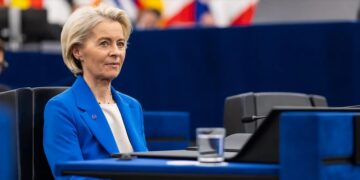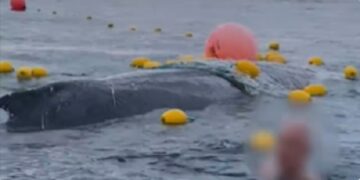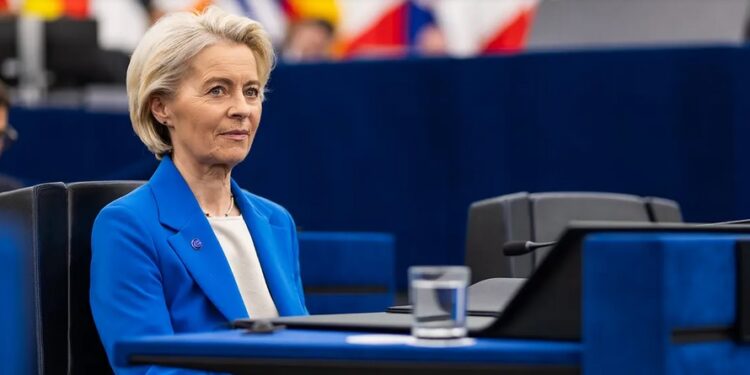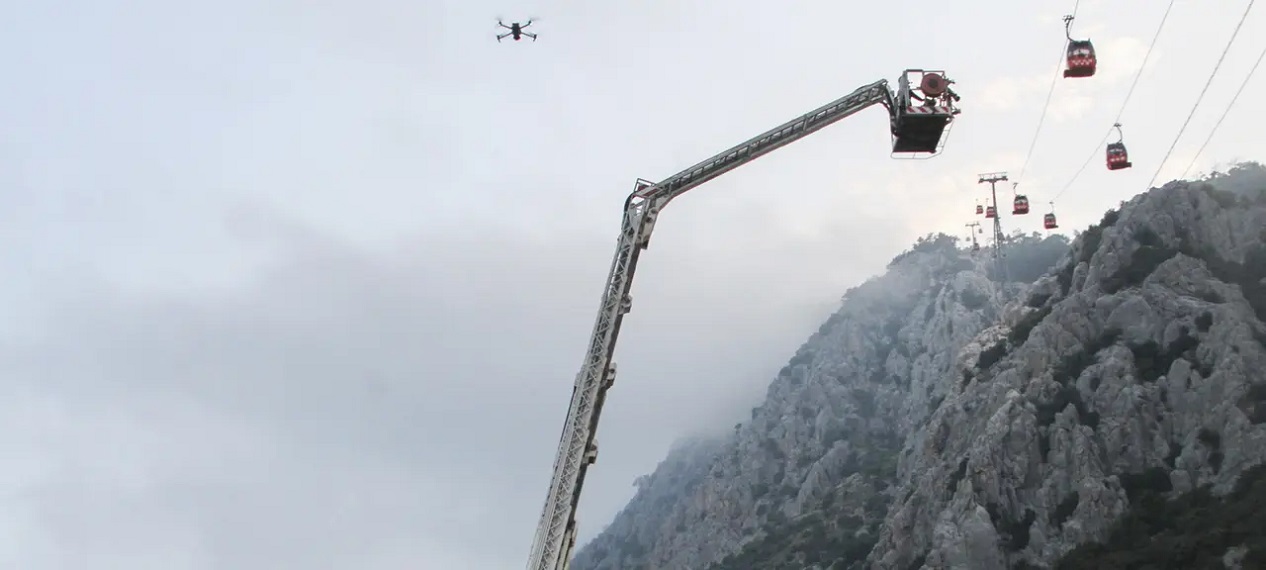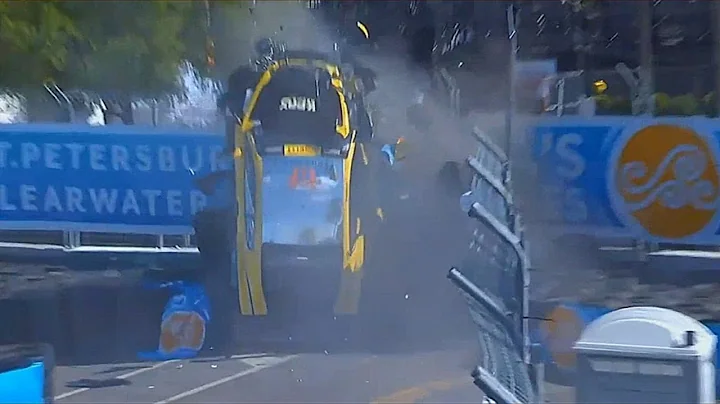Overlapping structures or a sensible roadmap?
Today, European Commission President Ursula von der Leyen presents a roadmap for Europe’s defense capability. It is meant to improve—by no later than 2030. But some member states remain skeptical.
So far, Brussels has only been circulating keywords; Europe’s new defense strategy is known only in fragments. Better drone defense is one keyword, faster weapons production another, and in general a desire for more collaboration between defense ministries in Europe’s capitals.
Before von der Leyen presents today the roadmap for new European defense projects, the Commission president had to endure substantial criticism. “No duplicative structures” was a common refrain. Europe’s defense is going well enough through NATO; it does not need EU competition.
Rutte signals support
Yet, NATO Secretary General Jens Stoltenberg sees it differently. Mark Rutte supports von der Leyen’s initiative. “Our cooperation is excellent,” he recently stated at one of the increasingly regular security conferences with the EU Commission. Rutte wants to expand that cooperation, based on a clear division of tasks. “NATO sets the military goals and capabilities,” he explained. He sees the EU as a decisive force with the internal market. It can specifically stimulate the defense industry and provide funding through money and loans.
The Commission chief wants to go one step further: she wants to better control defense production. As many countries as possible should join forces, agree on as many times as possible on a weapon system, and then procure it jointly. Economically sensible because it saves costs, politically controversial because European governments are reluctant to cede responsibilities to Brussels.
European response to Russian drones
In the proposal for a joint drone defense, the Commission chief can expect more support from the capitals. NATO looked weak when cheap Russian drones had to be fought with expensive European fighters. “Europe must now deliver a strong and joint response to Russian drones,” von der Leyen demanded a few days after 19 Russian drones penetrated far into Polish airspace.
What if Putin sends an entire swarm and hundreds of drones cross the border? And if they were armed with explosives? NATO leaders said they were learning from mistakes—and promptly showed interest in the EU Commission’s proposal. The drone defense is to be integrated into the larger program of the “Eastern Flank Watch.” Grand-sounding headlines are already there; in her roadmap, von der Leyen will today explain how she envisions implementation.
Pistorius signals agreement
Boris Pistorius signaled his approval yesterday at the NATO meeting in Brussels. In principle, he considers the new allocation of tasks to be correct. “The physical defense of NATO territory is first and foremost a NATO task, and that does not change,” the German defense minister stated. “But any contribution that also comes from the European Union and is typically funded by EU member-state contributions is welcome.”
Moreover, at the defense ministers’ meeting it became clear again that Europeans do not always share the same interests as the Americans—and the Americans still set the tone in NATO. In any case, most EU countries are also NATO members. Only four countries are not part of the military alliance: Austria and Ireland, as well as the island nations Malta and Cyprus. But even they maintain close ties with the alliance and participate in exercises.

